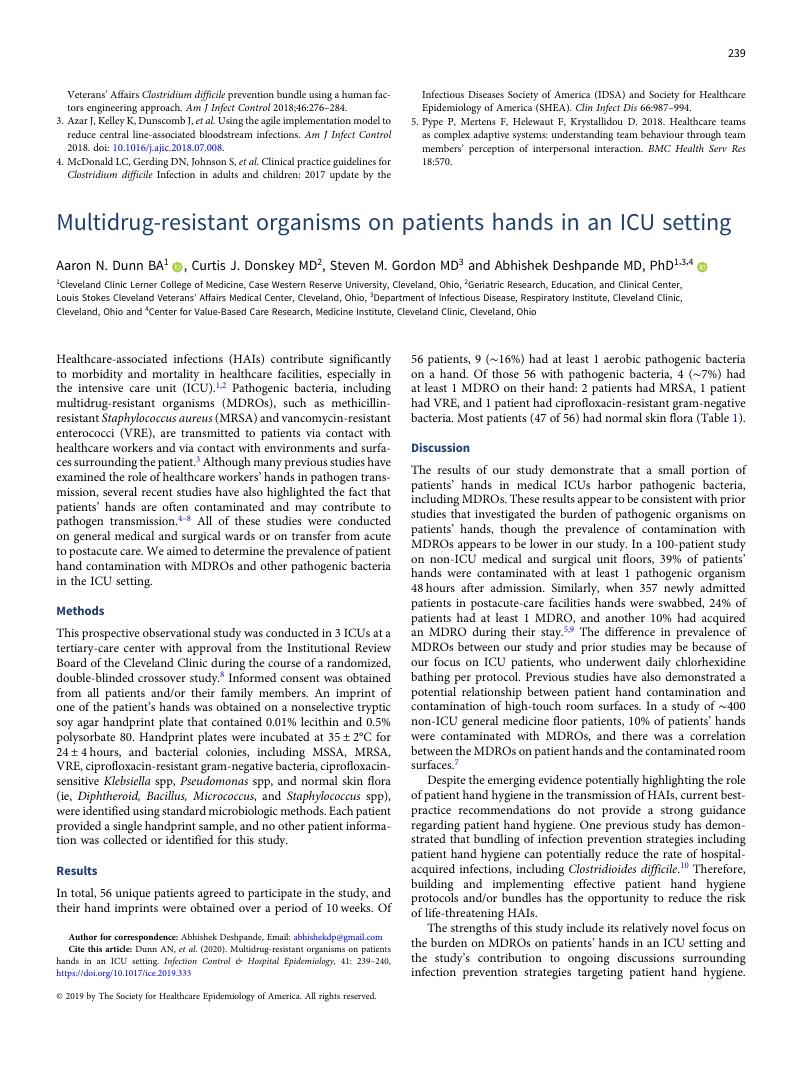Crossref Citations
This article has been cited by the following publications. This list is generated based on data provided by Crossref.
Medina López, Jorge Luis
and
Camacho Carrasco, Miriam Nicte
2023.
Utilidad del protocolo Neumonía Zero modificado para disminuir la incidencia de neumonía asociada a la ventilación mecánica en la UCI del Hospital Regional ISSSTE Morelia.
Medicina Crítica,
Vol. 37,
Issue. 3,
p.
219.



